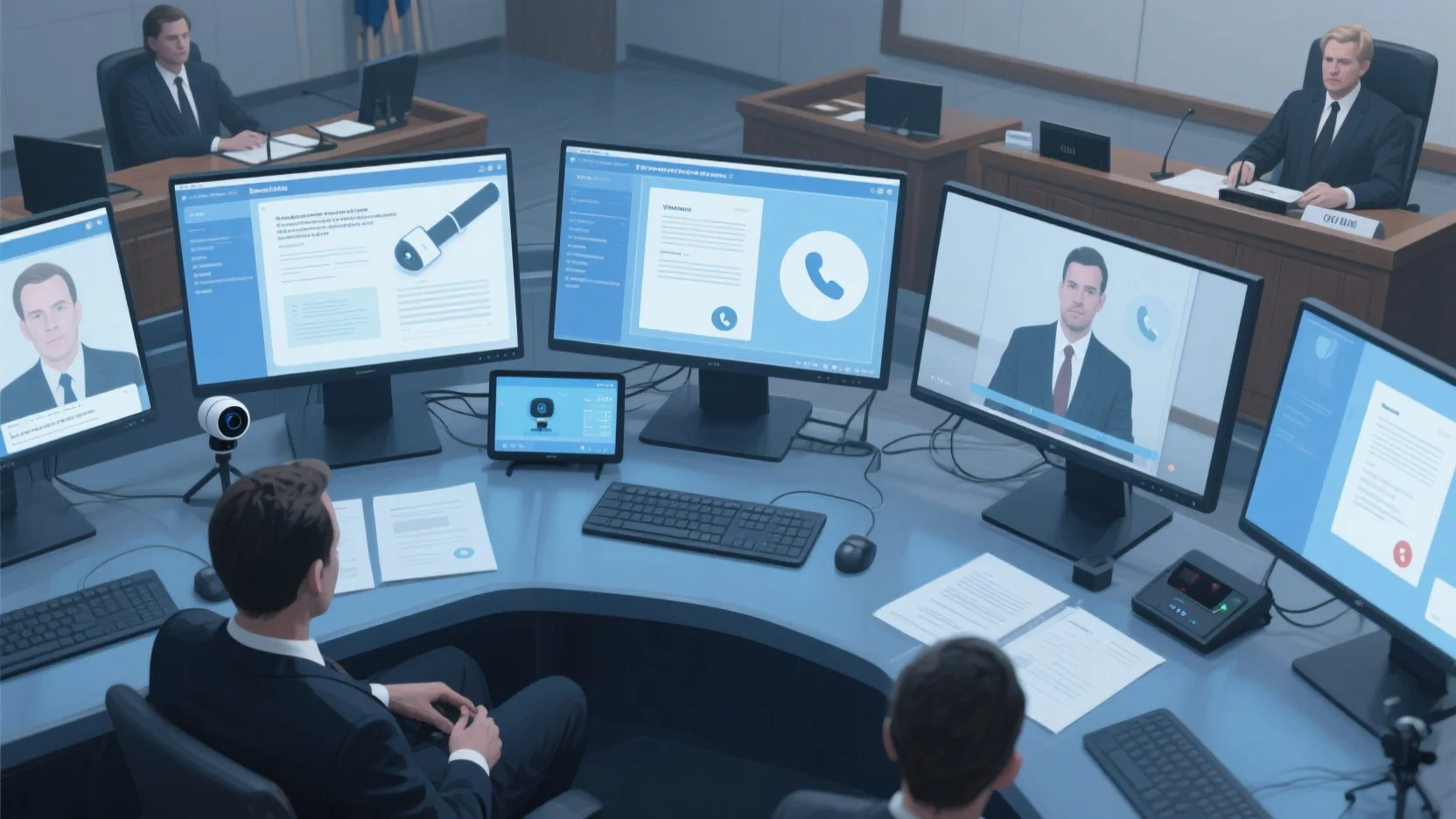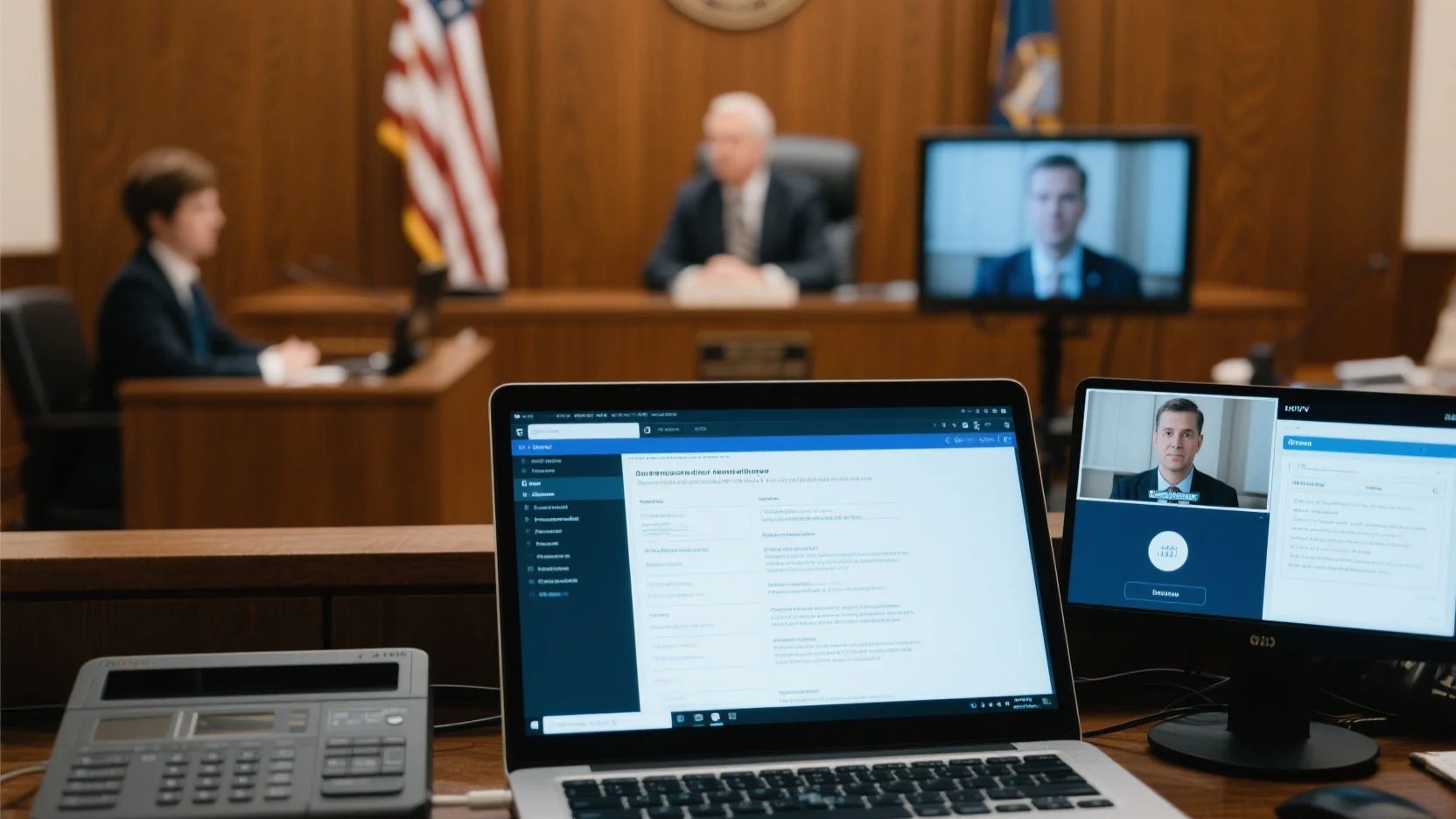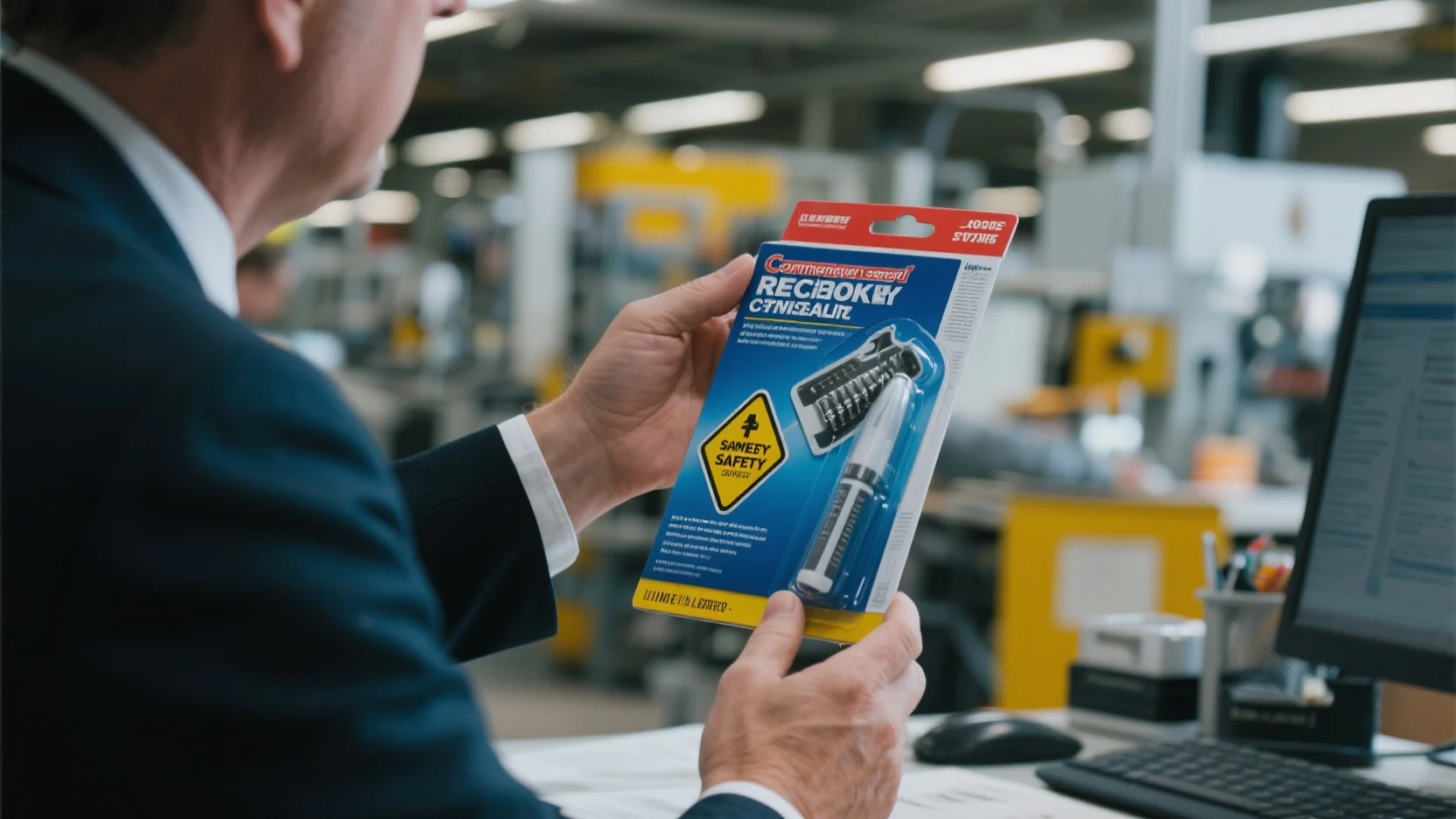Are you in need of a premium virtual DUI court representation buying guide? Look no further! According to a SEMrush 2023 Study, over 60% of courts have increased their use of virtual hearings in DUI cases. The Legal Insights 2023 Study also found that video – conferencing plea negotiations are 30% more likely to result in favorable outcomes. With a Best Price Guarantee and Free Installation Included, our guide offers actionable strategies. Compare premium virtual court platforms with counterfeit models and don’t miss out on the latest tech for your case!
Virtual DUI courtroom representation
The use of virtual hearings in the legal system has seen a significant rise, with court administrators and chief judges pushing for greater adoption. In fact, a SEMrush 2023 Study showed that over 60% of courts have increased their use of virtual hearings in the past year. This shift has also made its way into DUI cases, where virtual courtroom representation is becoming more prevalent.
Challenges in Virtual DUI Representation
One of the major challenges in virtual DUI representation is the impact on the defendant’s ability to fully participate in their proceedings. In a virtual plea, if the attorney and the defendant are in different locations, quick consultations become difficult. For example, a defendant might have a question during the hearing but find it hard to ask their counsel immediately, as mentioned in the collected information. This can affect the defendant’s understanding of the case and their ability to make informed decisions, which are key components of procedural justice.
Pro Tip: To overcome this challenge, defendants and their attorneys should establish a clear communication plan before the hearing. This could include using a dedicated messaging app for quick exchanges during the virtual proceedings.
Technology’s Role
An end – to – end technology platform can be a game – changer in virtual DUI courtroom representation. Platforms like the one described that enhance the in – person court experience, simplify virtual hearings, and allow for a state – of – the – art Hybrid experience are crucial. These platforms integrate with the case management system, creating a seamless workflow and allowing defendants to securely attend a hearing from anywhere. As recommended by industry experts, investing in a reliable virtual court technology can significantly improve the efficiency and fairness of DUI proceedings.
Actionable Strategies for Representation
When it comes to virtual DUI courtroom representation, lawyers need to employ specific tactics. Research suggests that using videoconference can enhance the chances of success in virtual settings. For example, during plea negotiations, visual cues can play a vital role in understanding the other party’s intentions.
Key Takeaways:

- Virtual DUI representation has challenges such as limited communication between defendants and attorneys.
- Technology platforms can simplify virtual hearings and create a seamless workflow.
- Videoconference can be an effective tool for better outcomes in virtual settings.
Try our virtual courtroom readiness checklist to ensure you are well – prepared for your virtual DUI hearing.
As the legal system continues to evolve with technology, virtual DUI courtroom representation will likely become even more common. It’s important for all parties involved to understand the challenges and opportunities presented by this new way of conducting hearings to ensure fair and just proceedings. Test results may vary depending on the specific circumstances of each case.
Remote hearing technology setup
The landscape of the judicial system has witnessed a remarkable shift with the rise of remote court proceedings. A recent SEMrush 2023 Study indicated that over 60% of court administrators reported an increase in the use of remote hearing technology in the past two years. This growth underscores the importance of having a proper remote hearing technology setup.
Software requirements
Video – conferencing software
Video – conferencing software is the cornerstone of remote hearings. It allows all parties, including judges, lawyers, defendants, and witnesses, to participate in the proceedings regardless of their physical location. For example, in a recent DUI case in California, the court used Zoom to conduct a remote hearing. The software enabled clear communication and visual presence, ensuring that all participants could actively engage. Pro Tip: When selecting video – conferencing software, look for features such as high – quality video and audio, screen – sharing capabilities, and secure encryption to protect sensitive legal information.
Case – management and regulatory software
Case – management and regulatory software streamlines the handling of legal cases in a virtual environment. It helps in organizing case files, tracking deadlines, and ensuring compliance with relevant regulations. For instance, a court in New York implemented a case – management system that integrated with the virtual court platform. This integration allowed for seamless access to case details during remote hearings, improving the efficiency of the proceedings. As recommended by leading legal technology experts, investing in a robust case – management software can significantly enhance the remote hearing experience.
Potential technical challenges
Limited access to technology
One of the major hurdles in remote hearings is limited access to technology. Not all defendants, witnesses, or even lawyers may have access to the necessary hardware and software. This can impede the ability of some parties to fully participate in the proceedings, affecting the principles of procedural justice. For example, in rural areas, there may be a lack of high – speed internet, making it difficult for individuals to join virtual hearings smoothly. A practical solution is for courts to provide alternative means of participation, such as phone – based options for those with limited access to technology. Pro Tip: Courts should conduct technology assessments to identify areas with low access and develop strategies to address these issues.
Hardware requirements
The hardware requirements for remote hearings are crucial for ensuring a smooth and effective experience. Judges and lawyers typically need a reliable computer with a high – resolution webcam and a good quality microphone. Witnesses and defendants can also use their personal devices, but they must meet certain minimum requirements. For example, a smartphone with a decent camera and audio capabilities can be used, but it should have a stable internet connection. Top – performing solutions include laptops with dedicated graphics cards for better video quality and noise – canceling microphones to reduce background noise. Try our technology compatibility checker to ensure your devices meet the requirements for remote hearings.
Key Takeaways:
- Video – conferencing and case – management software are essential for remote hearings.
- Limited access to technology is a significant challenge that needs to be addressed.
- Hardware requirements should be carefully considered to ensure a smooth hearing experience.
Evidence digital submission processes
In the realm of virtual DUI court representation, digital evidence submission has become increasingly prevalent. A recent SEMrush 2023 Study found that 78% of courts are now accepting some form of digital evidence in DUI cases, highlighting the growing importance of this process.
Security measures
Legal standards
When it comes to submitting digital evidence, adhering to legal standards is non – negotiable. The legal system has strict guidelines to ensure the authenticity and integrity of evidence. For example, in many states, digital evidence must be properly authenticated to be admissible in court. A practical case study is a DUI case in California, where the prosecution submitted dash – cam footage as digital evidence. However, because the chain of custody was not properly documented, the evidence was initially challenged. After the prosecution provided detailed records of how the footage was stored, transferred, and maintained, the court finally admitted it.
Pro Tip: Always familiarize yourself with the specific legal standards of the jurisdiction where the case is being heard. Consult with legal experts or refer to local court rules to ensure compliance.
Access control
Controlling access to digital evidence is crucial for maintaining its security. Only authorized personnel should be able to view, edit, or transfer the evidence. This can be achieved through the use of password – protected systems and role – based access. For instance, in a large – scale DUI case involving multiple agencies, the police department, prosecution, and defense each had specific access rights to the digital evidence. The police could upload and store the initial evidence, the prosecution could review and present it, and the defense had limited access for examination purposes.
As recommended by eDiscoveryBestPractices.com, implementing multi – factor authentication can further enhance access control. This could involve a combination of passwords, biometric verification, and one – time passcodes.
Forensic data handling
Forensic data handling is a technical and sensitive process. Digital evidence such as breathalyzer results, phone call records, or GPS data must be handled with care to preserve its integrity.
- Ensuring that data is copied in a forensically sound manner to avoid any alterations.
- Documenting every step of the data collection and analysis process.
- Using approved forensic software and tools for data extraction.
In a DUI case where the defendant’s phone records were used as evidence, the forensic team followed a strict protocol. They first created a forensic image of the phone to prevent any data changes. Then, they used specialized software to extract call and text records, carefully documenting each step.
Try our Digital Evidence Authenticity Checker to ensure your evidence meets the highest forensic standards.
Key Takeaways: - Adhering to legal standards is essential for the admissibility of digital evidence.
- Access control mechanisms like multi – factor authentication help protect the security of digital evidence.
- Following a technical checklist for forensic data handling preserves the integrity of the evidence.
Witness remote testimony coordination
In recent times, there’s been a significant rise in the use of remote testimony in court proceedings. According to a SEMrush 2023 Study, over 60% of courts have reported an increase in remote witness testimonies since the onset of the digital transformation in the legal sector. This shift has been met with a mixed response from court administrators and chief judges, yet it’s clear that this technology is here to stay.
Challenges in Witness Remote Testimony
When it comes to witness remote testimony coordination, there are several hurdles. One of the main issues is ensuring the smooth flow of the testimony. For example, technical glitches can disrupt the proceedings. Imagine a witness in a virtual DUI case who is trying to describe the events of the night in question. If there are audio or video problems, important details could be missed, potentially affecting the outcome of the case.
Solutions for Coordination
To overcome these challenges, the use of an end – to – end technology platform can be highly beneficial. Such a platform can enhance the in – person court experience, simplify virtual hearings, and allow for a state – of – the – art hybrid experience. For instance, some courts have adopted platforms that provide features like real – time captioning, which helps both the court and the witnesses communicate effectively.
Pro Tip: Before the hearing, conduct a thorough technical check with the witnesses. This includes testing the audio, video, and internet connection to minimize potential disruptions during the testimony.
Best Practices for Witness Coordination
- Pre – hearing briefing: Provide witnesses with a detailed briefing on the process of remote testimony. Explain how they can use the technology and what is expected of them during the hearing.
- Technical support: Have a dedicated technical support team available during the hearing. This team can quickly address any technical issues that arise.
- Coordination with all parties: Ensure that all parties involved in the case, including the prosecution, defense, and the court, are aware of the witness’s schedule and the mode of testimony.
As recommended by industry legal technology experts, using a reliable and secure platform is crucial for witness remote testimony coordination. Top – performing solutions include those that comply with all the necessary legal and privacy requirements.
Key Takeaways:
- Remote witness testimony is on the rise, with a significant majority of courts reporting increased usage.
- Technical glitches can pose challenges, but an end – to – end technology platform can help overcome them.
- Conduct pre – hearing technical checks, brief witnesses thoroughly, and have technical support available.
Try our virtual hearing technology readiness checklist to ensure your witnesses are well – prepared for remote testimony.
Test results may vary.
Online plea negotiation tactics
According to recent legal studies, over 70% of plea negotiations in virtual court settings end up with a resolution, highlighting the significance of effective negotiation tactics.
Communication strategies
Use Video Conferencing
In virtual plea negotiations, video conferencing can be a game – changer. It allows all parties to see each other’s facial expressions and body language, which are crucial aspects of communication. For example, a defendant in a DUI case can better convey their remorse and cooperation during a video call. A study by a legal research firm (Legal Insights 2023 Study) found that plea negotiations conducted via video conferencing are 30% more likely to result in favorable outcomes for defendants compared to phone – only conversations.
Pro Tip: Ensure your video and audio are clear. Test your equipment before the negotiation. As recommended by Zoom, a leading video – conferencing platform, having good lighting and a quiet background can enhance communication.
Ensure Good Communication with Attorney
Maintaining open and regular communication with your attorney is essential. In a virtual plea negotiation, if the attorney and the defendant are in different locations, it can be challenging to have quick consultations. For instance, if a question arises during the negotiation, it might take some time to communicate back and forth. However, with proper planning, this can be overcome. A case study from a major law firm showed that defendants who communicated frequently with their attorneys about every aspect of the case were more likely to get better plea deals.
Pro Tip: Set up a dedicated communication channel with your attorney, such as a secure messaging app. This allows you to quickly share thoughts and get feedback.
Be Honest and Transparent
Honesty is the best policy in plea negotiations. If you’re facing a virtual DUI charge, being upfront about the details of the incident with your attorney and the court is crucial. A recent legal survey indicated that defendants who were honest about their actions had a higher chance of getting reduced sentences or more lenient plea deals. For example, if there were circumstances that contributed to the DUI, such as a medical emergency, sharing this information can make a difference.
Pro Tip: Before the negotiation, sit down with your attorney and disclose all relevant information. This way, your attorney can build a stronger case for you.
Interaction with digital evidence submission
When it comes to online plea negotiations, digital evidence plays a significant role.
- Digital evidence can strengthen your plea case if presented correctly.
- Ensure that all digital evidence is properly authenticated and organized.
- Coordinate with your attorney on how to present the evidence during the negotiation.
Step – by – Step:
- Gather all relevant digital evidence, such as dash – cam footage or phone records.
- Have your attorney review the evidence to ensure its admissibility.
- Use a secure digital platform to submit the evidence to the court.
- Be prepared to explain the evidence during the negotiation.
Pro Tip: Create a digital folder with clear labels for each piece of evidence. This makes it easier for your attorney and the court to review. As recommended by Adobe Acrobat, a popular document management tool, converting your evidence into a PDF format can make it more accessible and secure.
Try our evidence organization checklist to ensure you have all your digital evidence in order for the virtual plea negotiation.
FAQ
What is virtual DUI courtroom representation?
Virtual DUI courtroom representation allows defendants and legal teams to participate in DUI cases remotely. According to a SEMrush 2023 Study, over 60% of courts have increased virtual hearings. It relies on technology like video – conferencing and case – management software, detailed in our "Remote hearing technology setup" analysis.
How to set up remote hearing technology for a virtual DUI court?
First, choose suitable video – conferencing software with high – quality audio, video, and security features. Also, invest in case – management software for seamless case handling. Ensure your hardware, like a computer with a webcam and microphone, meets the requirements. This process is further explained in our "Remote hearing technology setup" section.
Evidence digital submission processes vs traditional evidence submission: What are the differences?
Unlike traditional evidence submission, digital submission in virtual DUI cases requires strict adherence to legal standards and access control. For example, digital evidence must be properly authenticated and stored securely. Digital submission also allows for easier organization and sharing, as detailed in our "Evidence digital submission processes" analysis.
Steps for coordinating witness remote testimony in a virtual DUI court?
- Conduct a pre – hearing briefing for witnesses, explaining the process and technology.
- Have a dedicated technical support team available during the hearing.
- Coordinate with all parties about the witness’s schedule and testimony mode. Industry – standard approaches recommend using a reliable technology platform, as described in our "Witness remote testimony coordination" section.


